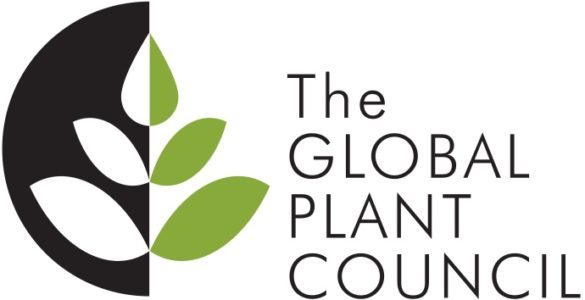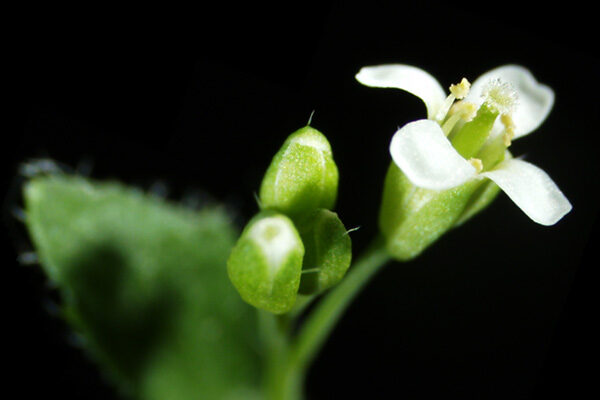
Flower and seed coat colour are important agronomic traits in chickpea that influence consumer preference. Based on their cultivation globally, this legume crop is categorized as “desi” or “kabuli”. Seeds of desi-type chickpeas are generally dark brown and angular with a rough seed coat, while the kabuli type produces light-brown coloured and rounded seeds with smooth seed coats. Recently, a group of scientists in India successfully developed a new genetically engineered selection marker-free stable chickpea line.













